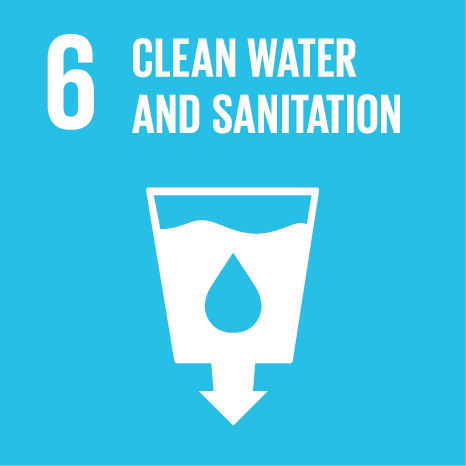 +265(0)111 624 222
+265(0)111 624 222 research@unima.ac.mw
research@unima.ac.mw Chirunga-Zomba, Malawi
Chirunga-Zomba, Malawi
Impact of Floods on Access to Drinking Water: A Focus on 2019 Floods in Magalasi Village in Chikwawa District, Malawi
Abstract
Access to drinking water remains a challenge in many rural areas in Sub-Saharan Africa. This situation is further compounded by frequent disasters such as floods, which affect water supply infrastructure. However, few scholarly works have examined access to drinking water for rural households vulnerable to floods in Southern Africa. This study analysed the extent to which the 2019 flooding induced by Cyclone Idai affected households’ access to water in Magalasi Village in Chikwawa District in Malawi. Data was collected and analysed following the mixed methods research design in which both quantitative and qualitative approaches were used. The results show that during the floods, households relocated to a nearby school which has solar powered tap water. However, the increased numbers at the camp resulted in a decline in the daily minimum water per capita of 20 L/c/d in about 60% of the households as each tap is meant to carter for 250 people only. Furthermore, the use of the taps was restricted to 8 h (6 am–2 pm during weekdays and 8 am–5 pm during weekends), which coincided with times for farming activities. Consequently, households had to fetch water from a village about 3 km away. However, the alternative water sources were also inaccessible during severe flooding conditions, with intermittent and contaminated water. Considering the health challenges associated with consumption of insufficient and contaminated water, this study proposes construction of more resilient deep boreholes for continuous water supply.
| Original language | en |
| Pages (from-to) | 191-201 |
| Publication status | Published - 2021 |
UN SDGs
This research output contributes to the following United Nations (UN) Sustainable Development Goals (SDGs)

License
https://www.springer.com/tdmUN SDGs
This research output contributes to the following United Nations (UN) Sustainable Development Goals (SDGs)

License
https://www.springer.com/tdmUN SDGs
This research output contributes to the following United Nations (UN) Sustainable Development Goals (SDGs)

License
https://www.springer.com/tdm